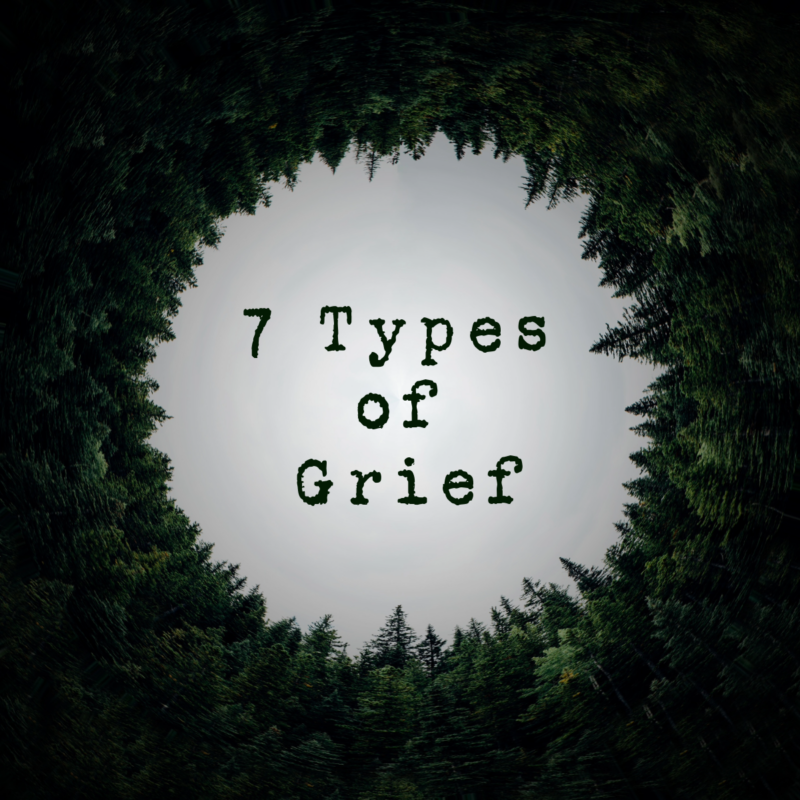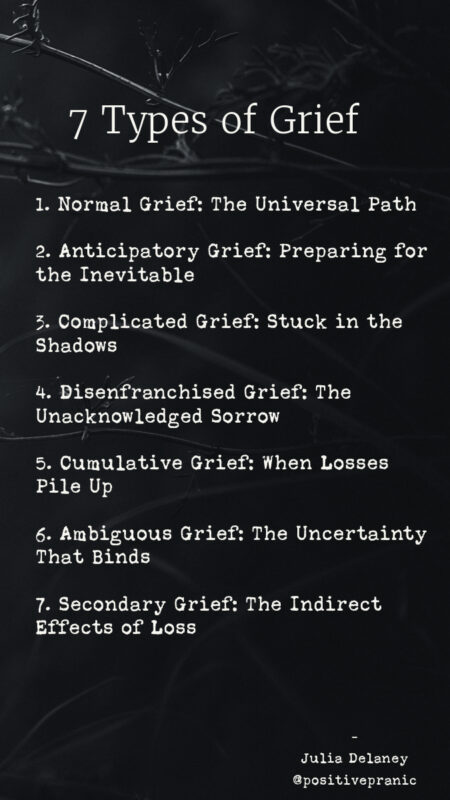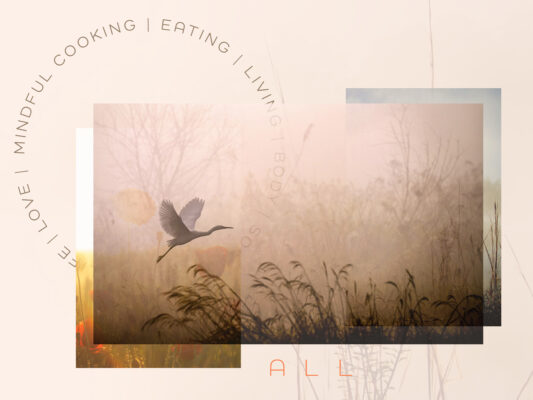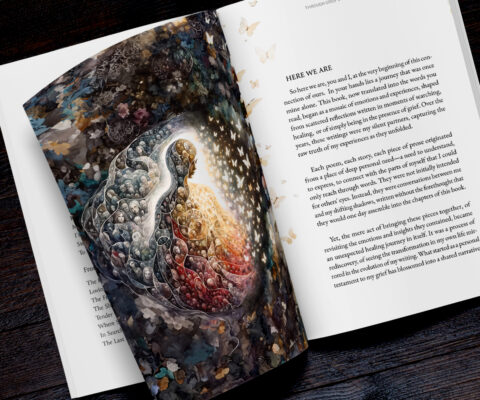Grief is a multifaceted experience that defies one-size-fits-all descriptions. It can envelop us in the wake of any loss, from the death of a loved one to the end of a significant phase in our lives. Understanding the nuances of the different types of grief can be a powerful step towards healing. Let’s look closer into each type, to help you identify and navigate your own path through grief.
1. Normal Grief: The Universal Path
Normal grief is what most envision when they think of mourning. It’s the tears shed for a loved one passed, the bittersweet memories that come flooding back, and the gentle healing that time eventually brings. This grief is universal, a path trodden by many, reminding us that we’re not alone in our pain.
Normal grief is the most recognized form, encompassing the range of emotions and reactions we anticipate following a loss. It’s a rollercoaster ride of sadness, nostalgia, perhaps even relief or peace at times, reflecting the natural ebb and flow of coping and healing. This grief is a testament to our ability to endure and eventually find a new normal, honoring our loss without letting it overshadow every moment of our lives.
2. Anticipatory Grief: Preparing for the Inevitable
It’s the shadow that falls before the storm, the grief we feel when we’re bracing for a loss we know is coming. It could be the decline of a loved one’s health or the impending end of something significant in our lives. This grief is tangled with anxiety, fear, and sometimes even a guilty sense of relief when the waiting ends.
It’s characterized by a complex mix of dread, preparation, and sometimes premature mourning, which can paradoxically both soften the impact of the loss and create its unique form of pain, as we grieve for what we know we’re about to lose.
3. Complicated Grief: Stuck in the Shadows
Complicated grief is a prolonged, intense mourning that impedes one’s ability to function in daily life. It’s as if the acute phase of grief has set up permanent residence in your heart, refusing to evolve into a more manageable form of sorrow. This type of grief may feel like being stuck in quicksand, where every attempt to move forward only pulls us deeper into despair.
4. Disenfranchised Grief: The Unacknowledged Sorrow
Disenfranchised grief is the sorrow that goes unseen, the grief that society doesn’t always fully acknowledge. This can be the loss of a pet, a miscarriage, a job, or a relationship not acknowledged by others as “worthy” of grief. It’s the pain of feeling that your loss isn’t “enough” for the world to see, even though it’s enough to shatter your heart. It’s the pain of feeling that your loss doesn’t “qualify” for the support and empathy extended to other types of grief, leaving you to mourn in silence.
5. Cumulative Grief: When Losses Pile Up
Cumulative grief accumulates like layers of heavy snow on a branch, each loss adding to the weight until it feels unbearable. It’s the experience of facing multiple losses in a short period, each one making it harder to find your footing before the next wave hits.
Cumulative grief happens when losses accumulate faster than they can be processed. It can be losing several family members in a short span of time or experiencing a cascade of life changes, like divorce followed by job loss, relocation… The grief feels compounded, making each new loss harder to bear.
It’s like carrying a backpack that gets heavier with each step; that’s cumulative grief. It can feel overwhelming, as if each new loss reopens the wounds of the past, making it difficult to see a path forward.
6. Ambiguous Grief: The Uncertainty That Binds
Ambiguous grief is the thief in the night that doesn’t leave a trace. It’s the grief without closure, without clarity—like when someone we love is physically present but psychologically absent, or when we’re unsure if our loss is temporary or permanent. This grief leaves us in limbo, wrestling with unresolved emotions and unanswered questions.
Ambiguous grief is a unique and challenging form of mourning, characterized by its lack of clarity and resolution. Unlike the grief experienced after a death, where the loss is definite and recognized, ambiguous grief involves mourning someone who is still alive but absent in a significant way. This can be particularly heart-wrenching in cases of estrangement from a beloved family member, such as a child or parent. The grief in these situations is ambiguous because the loss is not final; there’s often a lingering hope for reconciliation, coupled with the pain of ongoing absence.
Ambiguous grief stems from situations where there’s no clear resolution, such as when a loved one is missing or suffers from dementia. You’re grieving someone who is both present and absent, leading to a confusing, unresolved mourning process. This can leave you in a state of limbo, struggling with how to move forward.
7. Secondary Grief: The Indirect Effects of Loss
Secondary grief is the emotional pain that stems from the indirect consequences of a loss. This can include the strain on relationships, financial hardships, or the loss of identity that may follow a primary loss. It’s the aftershock of the initial event, revealing how deeply a single loss can reverberate through every aspect of our lives.
For example, after the death of a spouse, you might grieve not just their absence but the loss of financial stability, social identity as a couple, or the future plans you had together. These secondary losses can sometimes be as impactful as the primary loss itself.
In sharing these seven types of grief, my hope is to offer some clarity and validation for your feelings. Grief, in all its forms, is a deeply personal experience, yet understanding its nuances can help us feel less alone in our journey.
There’s no “right” way to grieve, and what matters most is giving yourself permission to feel, to mourn, and to eventually heal in a way that’s true to you.
If you recognize your grief in any of these descriptions, know that what you’re feeling is valid, and support is available. Through understanding and compassion, we can find moments of solace and connection, even in the midst of our sorrow.
My book, “Through Grief’s Tender Heart,” is born from this journey. It is a vessel for the shared experience of loss, an offering to those who find themselves walking the shadowed path of grief. It is my hope that within its pages, you may find a companion in your sorrow, a witness to your pain, and perhaps, a guide toward a peace that seems so elusive yet is ever within reach.
Be Alive 🌱
Love ❤️, Julia
So I Write. Writing – a powerful tool for healing.
Writing as a means of navigating through grief—is a powerful tool for healing. Writing allows [...]
Through Grief’s Tender Heart
For moments when you seek a deeper connection, let this be the place where words [...]
In Lines of a Scribble
Writing is not merely an academic skill or a talent reserved for the few. It’s [...]
Within the Heart, Without the Veil: An Instant Unfolded
This is my exploration of inner turmoil, creativity, and the cathartic process of writing. I’m [...]
The Power of Words
The power of words in the journey of healing. Explore the depths of emotions and [...]
Unscripted Connections: Words Without Walls
I found joy in the dance of words, in the rhythm they created, in the [...]
Healing through Loss
GUIDED MEDITATIONS 💗
DISCLAIMER: The materials and the information contained on the Positive Pranic website are provided for general and educational purposes only and do not constitute any legal, medical, or other professional advice on any subject matter. None of the information on our videos is a substitute for a diagnosis and treatment by your health professional. Always seek the advice of your physician or other qualified health providers prior to starting any new diet or treatment and with any questions you may have regarding a medical condition. If you have or suspect that you have a medical problem, promptly contact your health care provider.



































